Home>Construction & Tools>Building Materials>How To Repaint A Brick House
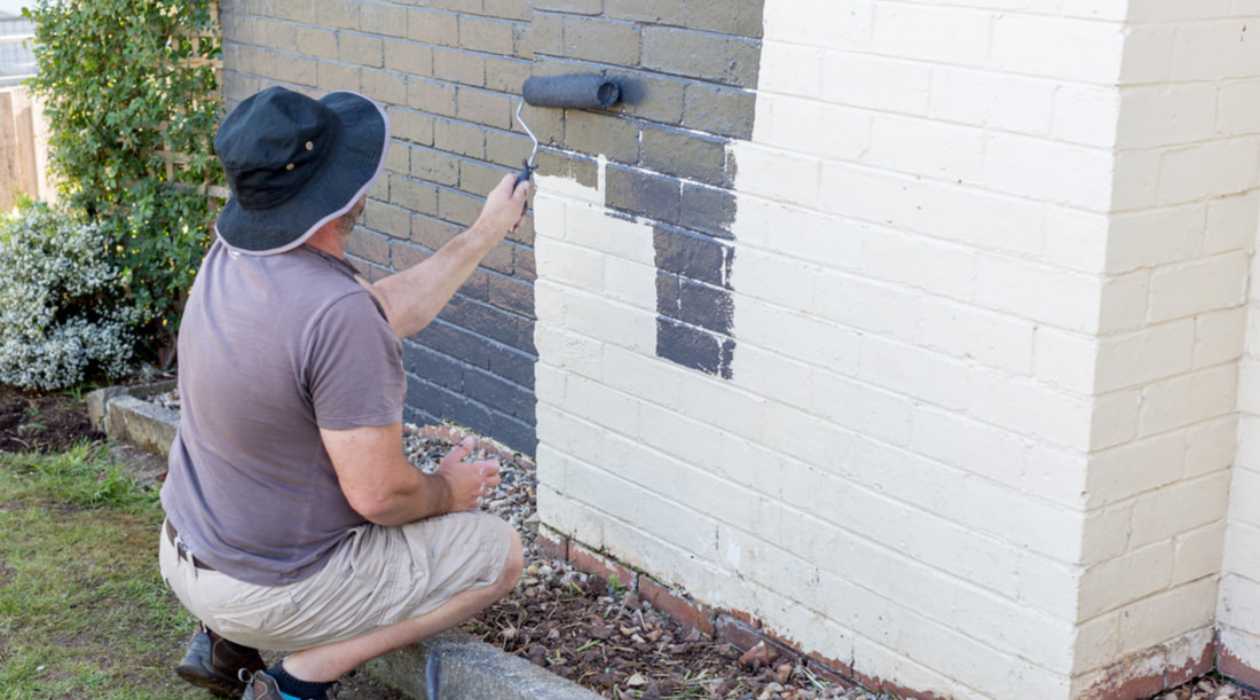

Building Materials
How To Repaint A Brick House
Modified: March 9, 2024
Learn how to repaint a brick house using high-quality building materials for a durable and attractive finish. Follow our step-by-step guide for professional results.
(Many of the links in this article redirect to a specific reviewed product. Your purchase of these products through affiliate links helps to generate commission for Storables.com, at no extra cost. Learn more)
Introduction
So, you've got a brick house that's seen better days. Perhaps the color has faded, or maybe you're just ready for a change. Whatever the reason, repainting a brick house can breathe new life into its appearance and enhance your home's curb appeal. However, it's not as simple as slapping on a coat of paint. Properly repainting a brick house requires careful preparation, the right materials, and a methodical approach to ensure a long-lasting and visually appealing result.
Before diving into this project, it's crucial to assess the condition of the brick, prepare the exterior surface, choose the right type of paint, and meticulously apply the primer and paint. This comprehensive guide will walk you through each step, offering valuable insights and practical tips to help you achieve a professional-looking finish. Whether you're a seasoned DIY enthusiast or a first-time homeowner eager to take on a new challenge, this article will equip you with the knowledge and confidence to repaint your brick house with precision and finesse.
Let's embark on this transformative journey, where we'll explore the intricacies of repainting a brick house and uncover the secrets to a successful and enduring outcome. Whether you envision a modern, vibrant facade or a timeless, classic look, this endeavor is an opportunity to infuse your personal style and rejuvenate the exterior of your beloved brick home. So, roll up your sleeves, gather your supplies, and let's delve into the art of repainting a brick house.
Key Takeaways:
- Transform your brick house with a fresh coat of paint by assessing the condition, preparing the surface, choosing the right paint, and applying primer meticulously for a stunning and enduring finish.
- Maintain the beauty of your painted brick house by regularly inspecting, cleaning, and protecting the surface, ensuring it remains a timeless and captivating centerpiece of your home’s exterior.
Read more: How To Put Brick On A House
Assessing the Condition of the Brick
Before embarking on the journey of repainting your brick house, it’s essential to thoroughly assess the condition of the brick surface. This step is crucial as it determines the necessary repairs, cleaning, and preparation needed to achieve a flawless and enduring paint job.
Begin by closely examining the brick for any signs of damage, such as cracks, spalling, or efflorescence. Cracks in the brick mortar or the bricks themselves should be addressed before painting, as they can indicate underlying structural issues that require professional attention. Spalling, characterized by the flaking or chipping of brick surfaces, may necessitate the replacement of damaged bricks to ensure a smooth and uniform paint application. Additionally, efflorescence, the white, powdery residue often found on brick surfaces, should be thoroughly removed to prevent it from affecting the new paint.
Furthermore, consider the current condition of any existing paint or coatings on the brick. If the paint is peeling, blistering, or significantly weathered, it’s crucial to remove it entirely before applying a fresh coat. This can be achieved through methods such as power washing, sandblasting, or chemical paint stripping, depending on the extent of the existing paint degradation.
Inspect the brick for mold, mildew, or algae growth, particularly in shaded or damp areas. These biological intruders not only mar the aesthetic appeal of the brick but can also compromise the adhesion and longevity of the new paint. Address any microbial growth by thoroughly cleaning the brick surface with a solution of water and trisodium phosphate (TSP) or a commercial brick cleaner, followed by rinsing with clean water and allowing the surface to dry completely.
Finally, evaluate the overall texture and porosity of the brick. Some bricks may have a rough or porous surface, while others may be smoother. Understanding the brick’s texture is essential when selecting the appropriate primer and paint, as it influences adhesion and coverage. By carefully assessing the condition of the brick, you’ll be equipped to address any underlying issues and prepare the surface for the subsequent steps of repainting, ensuring a flawless and enduring result.
Preparing the Exterior Surface
Once you’ve assessed the condition of the brick and addressed any underlying issues, the next crucial step in repainting a brick house is preparing the exterior surface. Proper preparation is the foundation for a successful paint job, ensuring adhesion, durability, and a professional finish. This phase involves thorough cleaning, repairing, and protecting the brick and surrounding areas to create an optimal canvas for the new paint.
Begin by thoroughly cleaning the brick surface to remove dirt, grime, and any residual contaminants. Power washing is an effective method for cleaning brick, using a gentle detergent or specialized brick cleaner to lift embedded dirt and stains. Pay particular attention to areas with efflorescence, mold, or mildew, ensuring they are completely eradicated. Allow the brick to dry completely before proceeding to the next steps.
Inspect the mortar joints for any deterioration, such as crumbling or gaps, and repair them as needed. Fresh mortar can be carefully applied to fill in any voids and create a uniform surface. Additionally, address any areas where bricks may be loose or damaged, securing them in place and replacing any irreparably compromised bricks to ensure structural integrity and a seamless appearance.
Protect the surrounding areas, including windows, doors, and landscaping, from paint splatter and overspray. Cover these elements with plastic sheeting and painter’s tape to shield them from accidental paint application. Taking the time to properly mask off these features will streamline the painting process and preserve the overall aesthetic of your home.
Consider applying a masonry primer to the clean, repaired surface to enhance paint adhesion and ensure consistent coverage. A high-quality primer formulated for masonry surfaces will help seal the brick, minimize porosity, and provide an optimal base for the topcoat. Be sure to select a primer that is compatible with the type of paint you intend to use, whether it’s latex, acrylic, or elastomeric, to maximize the longevity and performance of the paint system.
By meticulously preparing the exterior surface, you’re setting the stage for a successful and enduring paint job. This proactive approach not only ensures the longevity of the new paint but also contributes to the overall aesthetic appeal and value of your brick house.
Choosing the Right Paint
When it comes to repainting a brick house, selecting the right type of paint is a pivotal decision that significantly impacts the longevity, appearance, and maintenance of the exterior finish. The ideal paint for brick should possess qualities that facilitate adhesion, breathability, weather resistance, and long-term durability. With a multitude of paint options available, understanding the key considerations will empower you to make an informed choice that aligns with your aesthetic preferences and practical requirements.
One of the primary considerations when choosing paint for brick is breathability. Unlike many other exterior surfaces, brick is porous and naturally absorbs and releases moisture. As a result, using a breathable paint specifically formulated for masonry surfaces is essential to prevent moisture from becoming trapped within the brick, which can lead to deterioration and paint failure over time. Look for paints labeled as “masonry paint” or “breathable exterior paint” to ensure compatibility with the unique properties of brick.
Opt for a high-quality acrylic latex paint designed for exterior use, as it offers excellent adhesion, flexibility, and resistance to fading and mildew. Acrylic latex paints are available in a wide array of colors, allowing you to achieve your desired aesthetic while benefiting from their durability and ease of maintenance. Additionally, consider using a paint with a satin or semi-gloss finish, as these options provide enhanced moisture resistance and are easier to clean compared to flat finishes.
It’s important to choose a color that complements your home’s architectural style, landscaping, and surrounding environment. While bold and vibrant hues can make a statement, neutral and earthy tones often harmonize well with the natural texture and warmth of brick, creating a timeless and inviting facade. Obtain paint samples and test them on a small section of the brick to observe how they appear in different lighting conditions, ensuring the chosen color resonates with your vision for the exterior of your home.
Consider the long-term maintenance and upkeep of the painted brick when selecting a paint color. Darker shades may absorb more heat and are prone to fading over time, while lighter colors can reflect sunlight and maintain their vibrancy. Evaluating the climate and sun exposure of your region will guide you in choosing a color that remains visually appealing and resilient against environmental factors.
By choosing a paint that prioritizes breathability, durability, and aesthetic harmony, you’ll lay the foundation for a stunning and enduring transformation of your brick house. The right paint not only enhances the visual allure of your home but also safeguards the integrity of the brick, ensuring a captivating exterior for years to come.
Before repainting a brick house, make sure to thoroughly clean the surface to remove dirt and debris. Use a power washer or wire brush to scrub away any loose paint or mortar. This will ensure a smooth and long-lasting finish.
Applying Primer
Before delving into the exhilarating process of painting your brick house, it’s essential to lay the groundwork for a flawless and enduring finish by applying a high-quality primer. The primer serves as a crucial intermediary layer between the masonry surface and the paint, facilitating adhesion, enhancing durability, and ensuring consistent color coverage. By meticulously priming the brick, you’ll create an optimal foundation for the topcoat, resulting in a professional-quality transformation that withstands the test of time.
When selecting a primer for your brick house, opt for a premium masonry primer specifically formulated to adhere to porous surfaces and promote long-term paint adhesion. Look for a primer designed to resist alkali and efflorescence, as these properties are essential for addressing the unique characteristics of brick and preventing potential issues such as discoloration and paint failure.
Prior to applying the primer, thoroughly clean the brick surface to remove any residual dust, debris, or contaminants that could compromise adhesion. Use a stiff brush or a vacuum with a brush attachment to ensure the brick is free of loose particles, and follow up with a gentle detergent solution and water to eliminate any remaining grime. Allow the surface to dry completely before proceeding with the primer application.
Apply the primer evenly using a high-quality synthetic bristle brush, a roller with a thick nap, or a paint sprayer specifically designed for masonry surfaces. Work in manageable sections, ensuring thorough coverage and uniformity across the entire surface. Pay particular attention to mortar joints and textured areas, ensuring the primer penetrates and seals the porous brick and mortar for optimal adhesion and protection.
Depending on the condition and porosity of the brick, multiple coats of primer may be necessary to achieve the desired level of coverage and sealing. Allow each coat to dry according to the manufacturer’s recommendations before applying subsequent coats, ensuring ample drying time to promote optimal primer performance.
Once the primer has been applied and allowed to dry completely, the brick surface will be fortified and ready to receive the topcoat of paint. The primer not only enhances adhesion and uniformity but also acts as a protective barrier, contributing to the overall resilience and longevity of the painted brick house.
By meticulously applying a high-quality masonry primer, you’re laying the groundwork for a stunning transformation of your brick house, ensuring a durable and visually captivating exterior that withstands the elements and the test of time.
Read more: How To Match Brick On A House
Painting the Brick
As you stand before the primed canvas of your brick house, the time has come to infuse it with the transformative power of paint, ushering in a new chapter of visual allure and enduring elegance. The process of painting the brick is a pivotal stage in the journey of rejuvenating your home’s exterior, requiring precision, patience, and an artistic touch to achieve a flawless and enduring finish that captivates the eye and stands resilient against the elements.
When it comes to painting brick, utilizing a high-quality acrylic latex paint specifically formulated for exterior masonry surfaces is paramount. The paint should possess breathability, weather resistance, and exceptional adhesion to ensure a long-lasting and visually appealing result. Opt for a premium paint with a satin or semi-gloss finish, as these options offer enhanced moisture resistance and are easier to maintain compared to flat finishes.
Prior to painting, ensure that the weather conditions are conducive to the application and drying of the paint. Avoid painting during excessively hot, cold, or humid conditions, as these factors can compromise the paint’s performance and adhesion. Select a time when the weather is mild and dry, allowing the paint to cure optimally and achieve its full potential.
Begin by cutting in the edges and hard-to-reach areas of the brick surface using a high-quality synthetic bristle brush, ensuring precision and thorough coverage along the edges, corners, and around windows and doors. Following this, use a dense-nap roller specifically designed for textured surfaces to apply the paint to the larger expanses of the brick, working in manageable sections to maintain a wet edge and achieve uniform coverage.
Exercise care and attention to detail, ensuring that the paint is applied evenly and consistently across the entire surface. Pay particular attention to mortar joints and textured areas, ensuring the paint penetrates and adheres to the porous brick and mortar for a seamless and professional finish. Multiple coats may be necessary to achieve the desired depth of color and uniformity, with ample drying time between coats to ensure optimal adhesion and longevity.
As you witness the transformation unfold, step back periodically to assess the evolving beauty of your painted brick house. Embrace the gratifying process of bringing your vision to life, infusing your home with a renewed sense of charm and character that reflects your personal style and elevates its curb appeal.
Upon completion, allow the paint to dry thoroughly according to the manufacturer’s recommendations before unveiling the stunning metamorphosis of your brick house. The painted brick stands as a testament to your dedication and artistry, exuding timeless elegance and enduring allure that enriches the landscape and captivates the beholder.
Maintaining the Painted Brick House
Having embarked on the transformative journey of repainting your brick house, it’s essential to prioritize ongoing maintenance to preserve the beauty and integrity of the painted exterior. By implementing proactive care and periodic upkeep, you can ensure that the freshly painted brick retains its allure, durability, and protective qualities, standing as a timeless and enduring testament to your home’s aesthetic appeal.
Regularly inspect the painted brick surface for signs of wear, damage, or discoloration, paying particular attention to areas exposed to direct sunlight, harsh weather, and moisture. Address any minor blemishes or imperfections promptly, utilizing touch-up paint to maintain the seamless and vibrant appearance of the exterior. By addressing small issues early, you can prevent them from escalating into larger, more challenging problems.
Periodically clean the painted brick to remove accumulated dirt, dust, and environmental residues that can diminish its luster and vibrancy. Use a gentle detergent solution and a soft-bristled brush or a low-pressure rinse to cleanse the surface, taking care not to use abrasive materials or high-pressure washing, which can damage the paint and mortar. Regular cleaning preserves the visual appeal of the painted brick and contributes to its longevity.
Monitor the condition of the mortar joints, ensuring they remain intact and free of deterioration. Address any signs of mortar damage promptly, as compromised mortar can compromise the structural integrity and appearance of the painted brick. Reapply mortar as needed to maintain a cohesive and well-maintained facade.
Be mindful of landscaping elements and environmental factors that may impact the painted brick, such as overhanging trees, shrubs, or vines. Trim back foliage and vegetation to prevent contact with the painted surface, reducing the risk of moisture retention, abrasion, and potential damage to the paint and mortar. Additionally, maintain proper drainage and gutter systems to prevent water from pooling or infiltrating the brick, safeguarding the integrity of the painted exterior.
Consider applying a clear masonry sealer or topcoat formulated for painted brick to enhance weather resistance and protect the surface from UV exposure, moisture, and environmental contaminants. A quality sealer can prolong the life of the paint and preserve its aesthetic appeal, providing an additional layer of defense against the elements.
By embracing a proactive approach to maintenance and care, you can safeguard the enduring beauty and resilience of your painted brick house, ensuring that it continues to stand as a captivating and enduring centerpiece of your home’s exterior. With thoughtful attention and regular upkeep, the painted brick will remain a source of pride and admiration, enriching the visual landscape and reflecting the timeless elegance of your home.
Frequently Asked Questions about How To Repaint A Brick House
Was this page helpful?
At Storables.com, we guarantee accurate and reliable information. Our content, validated by Expert Board Contributors, is crafted following stringent Editorial Policies. We're committed to providing you with well-researched, expert-backed insights for all your informational needs.
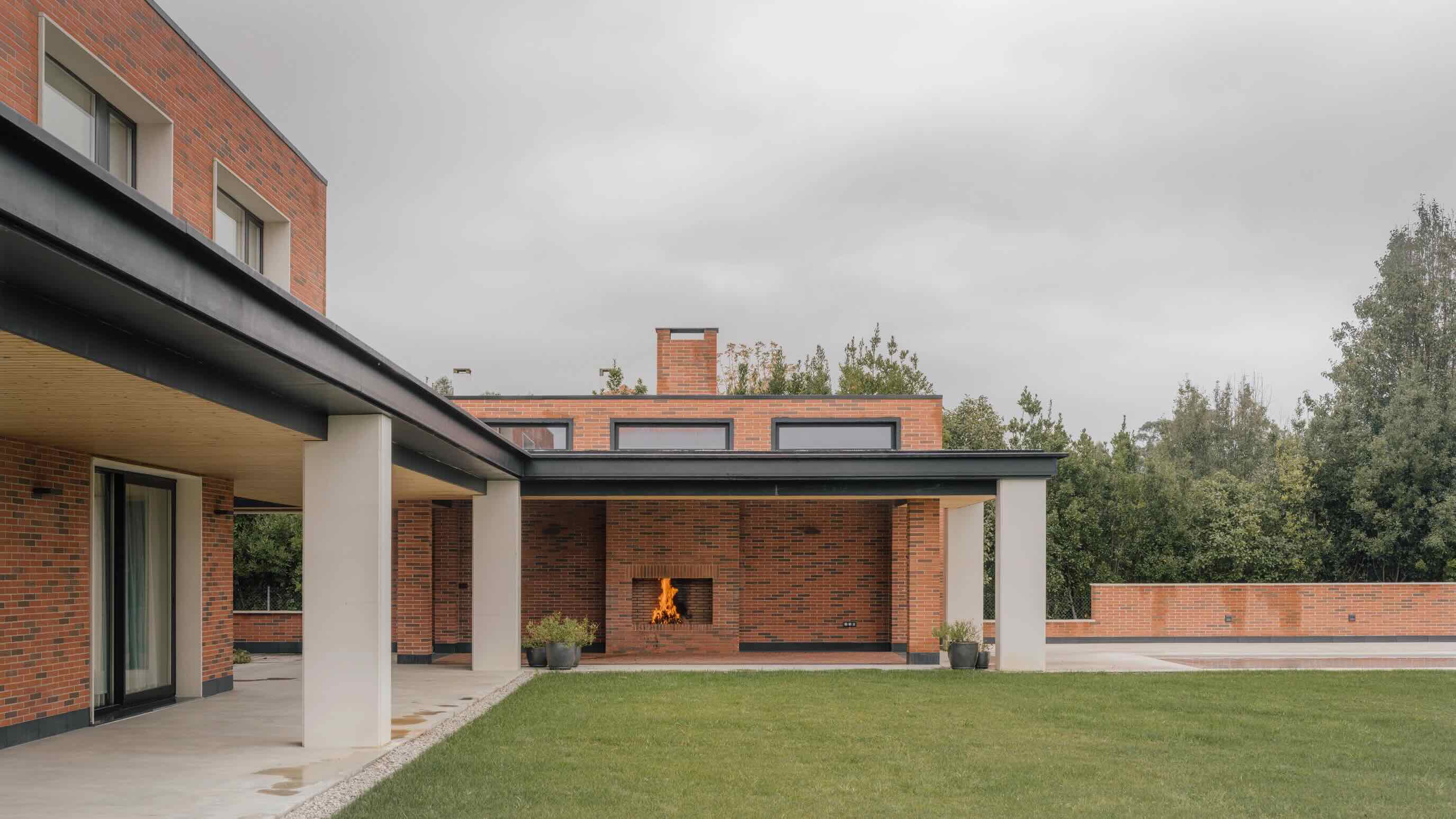
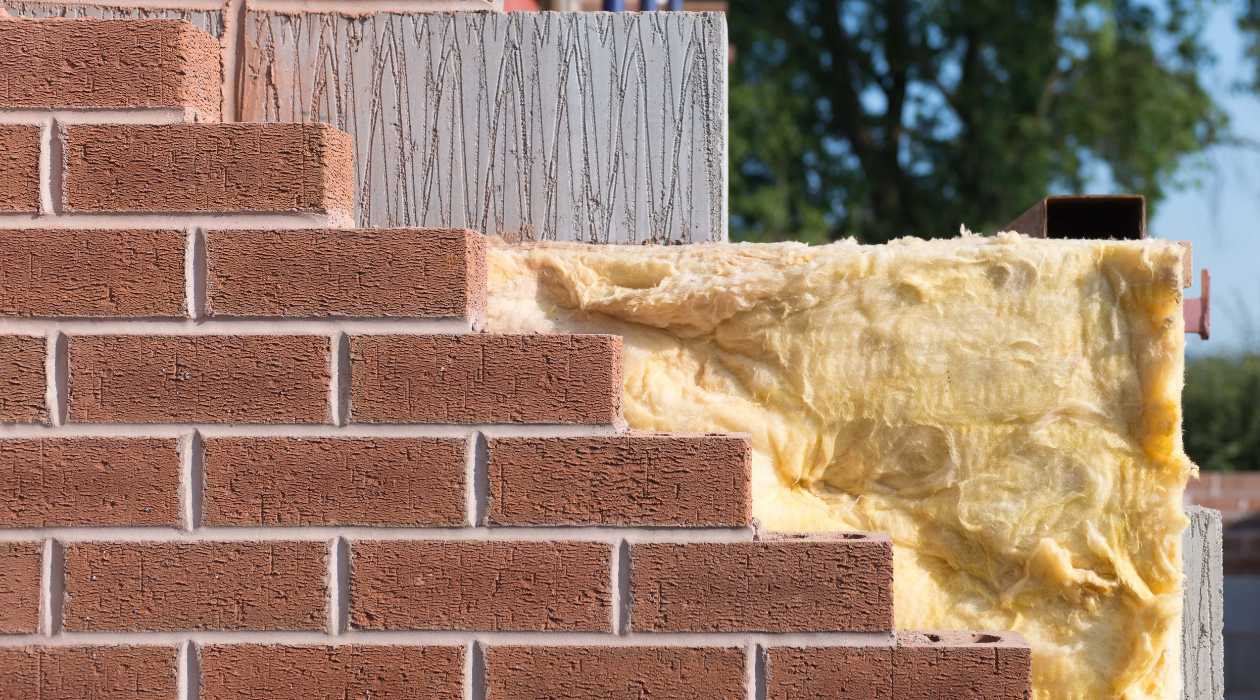

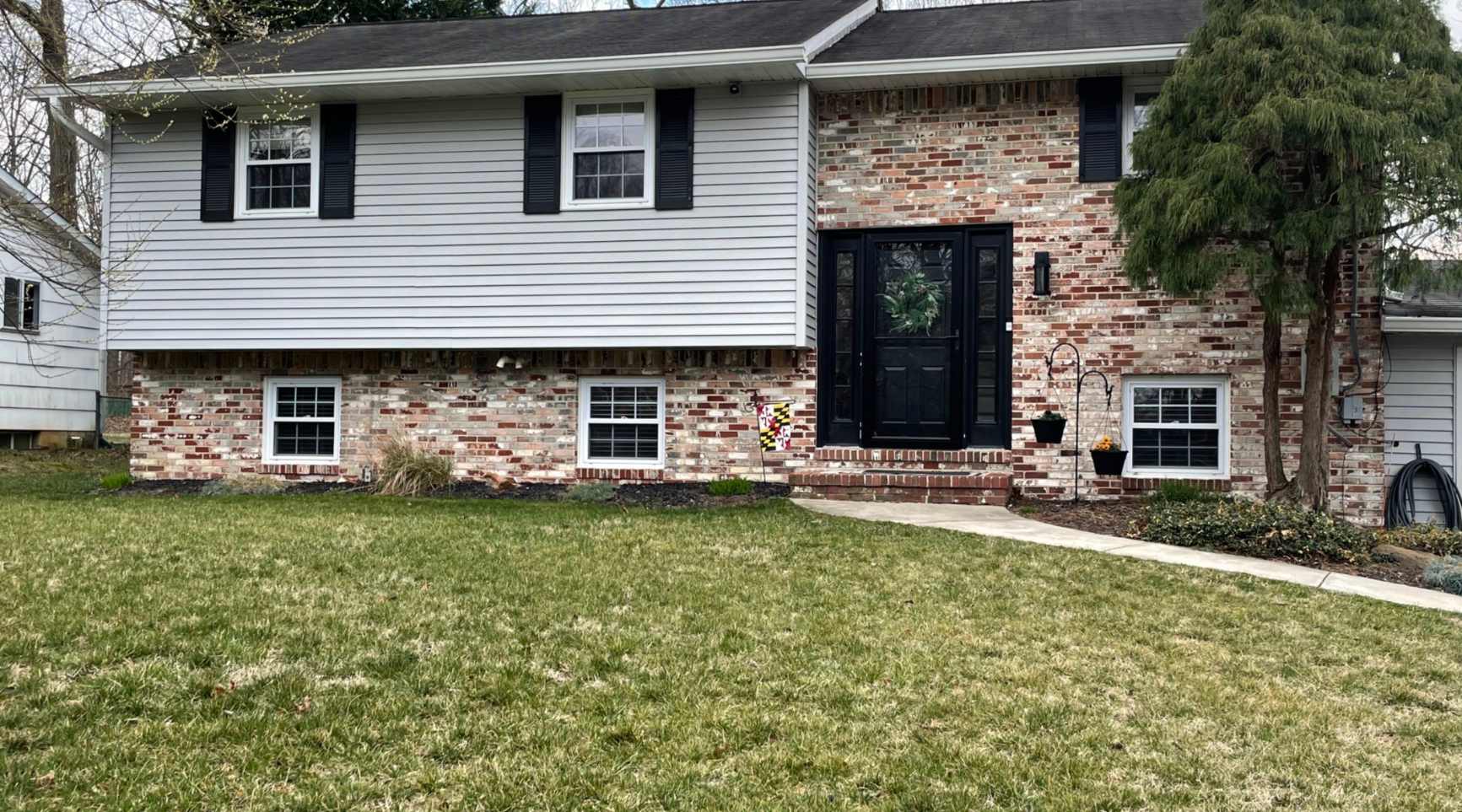
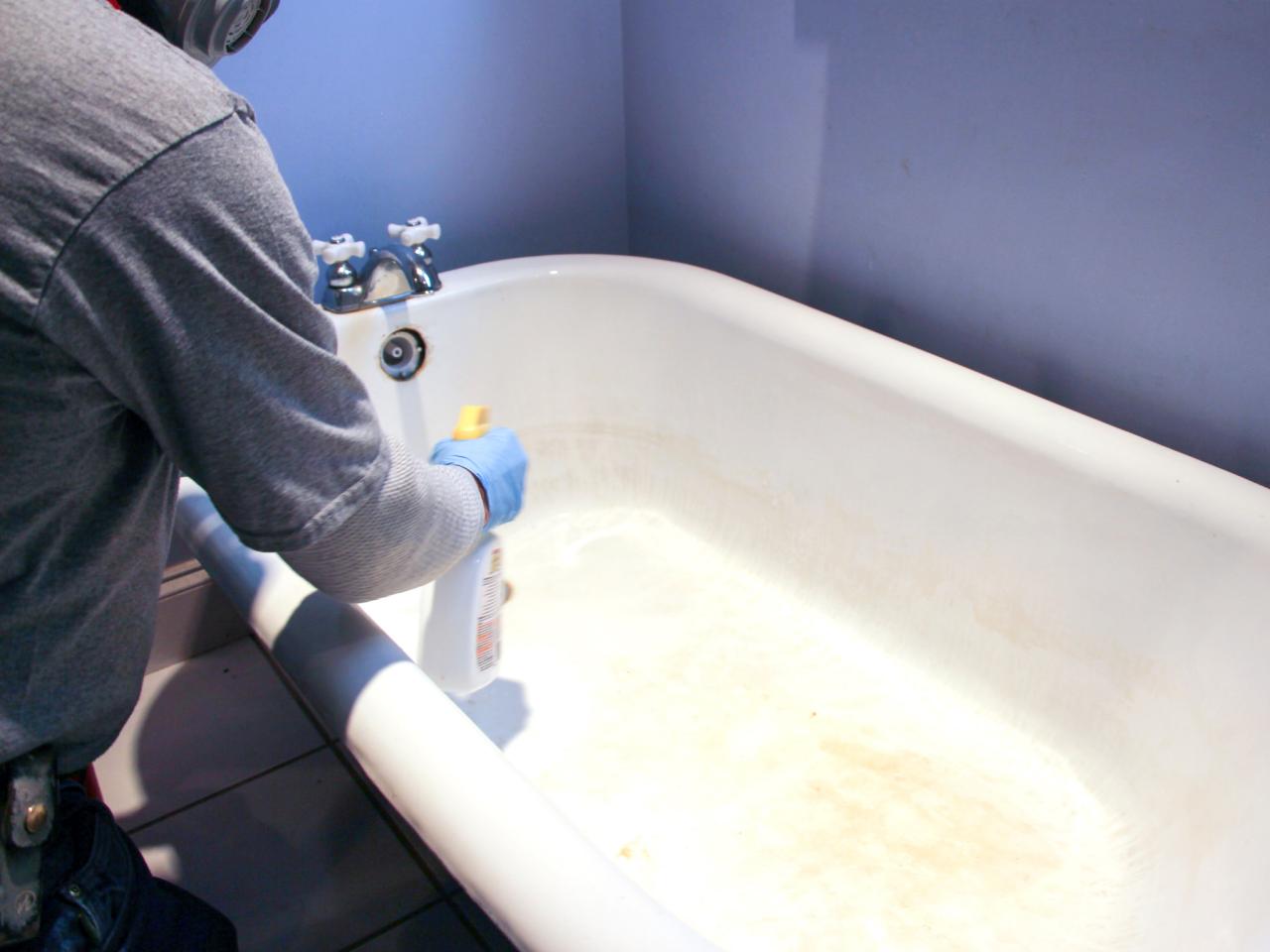
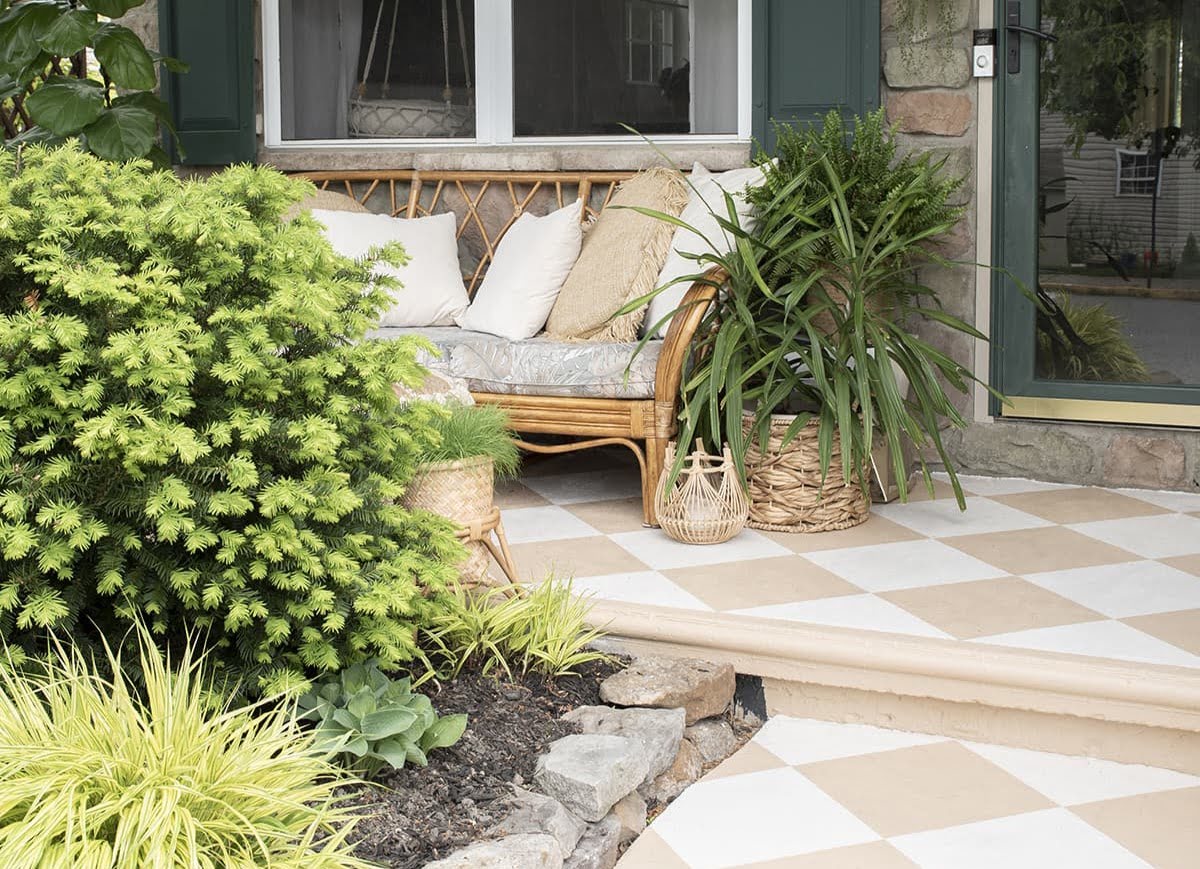
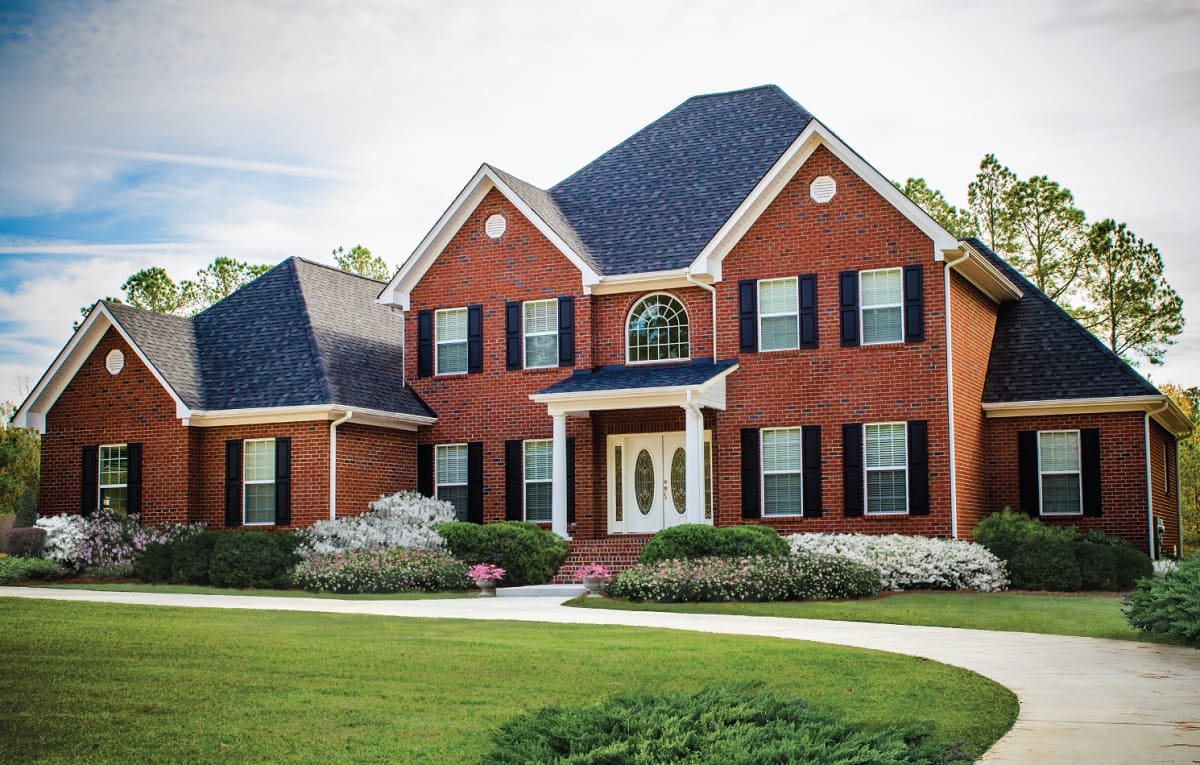
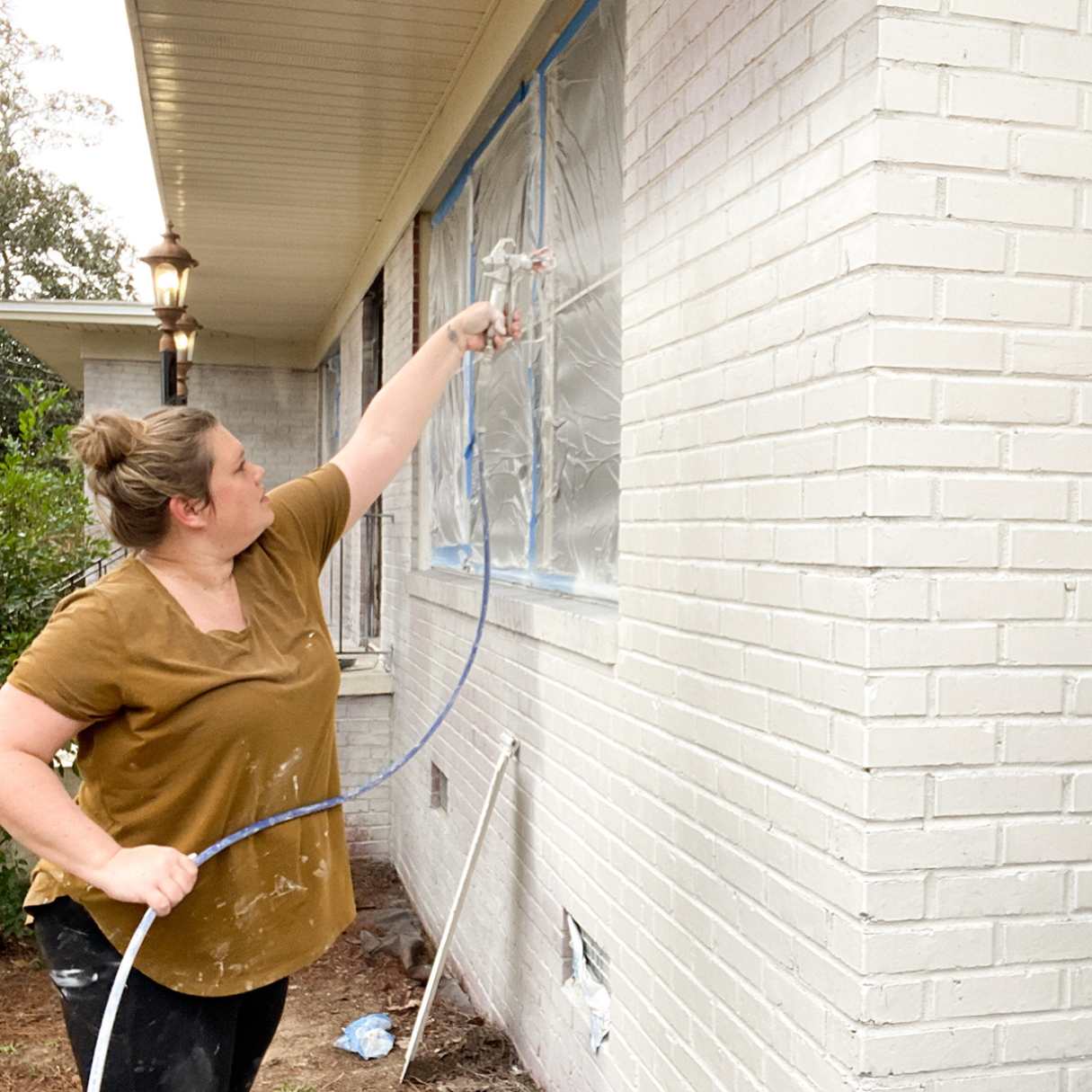
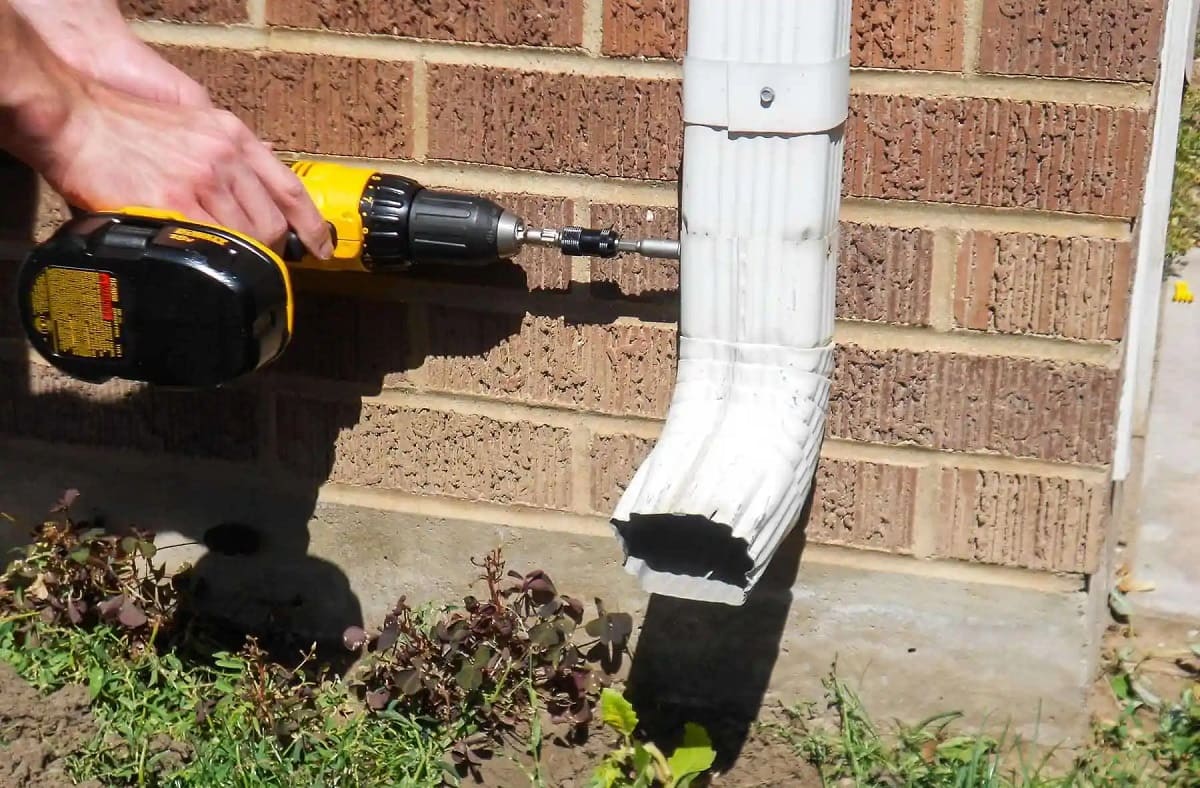
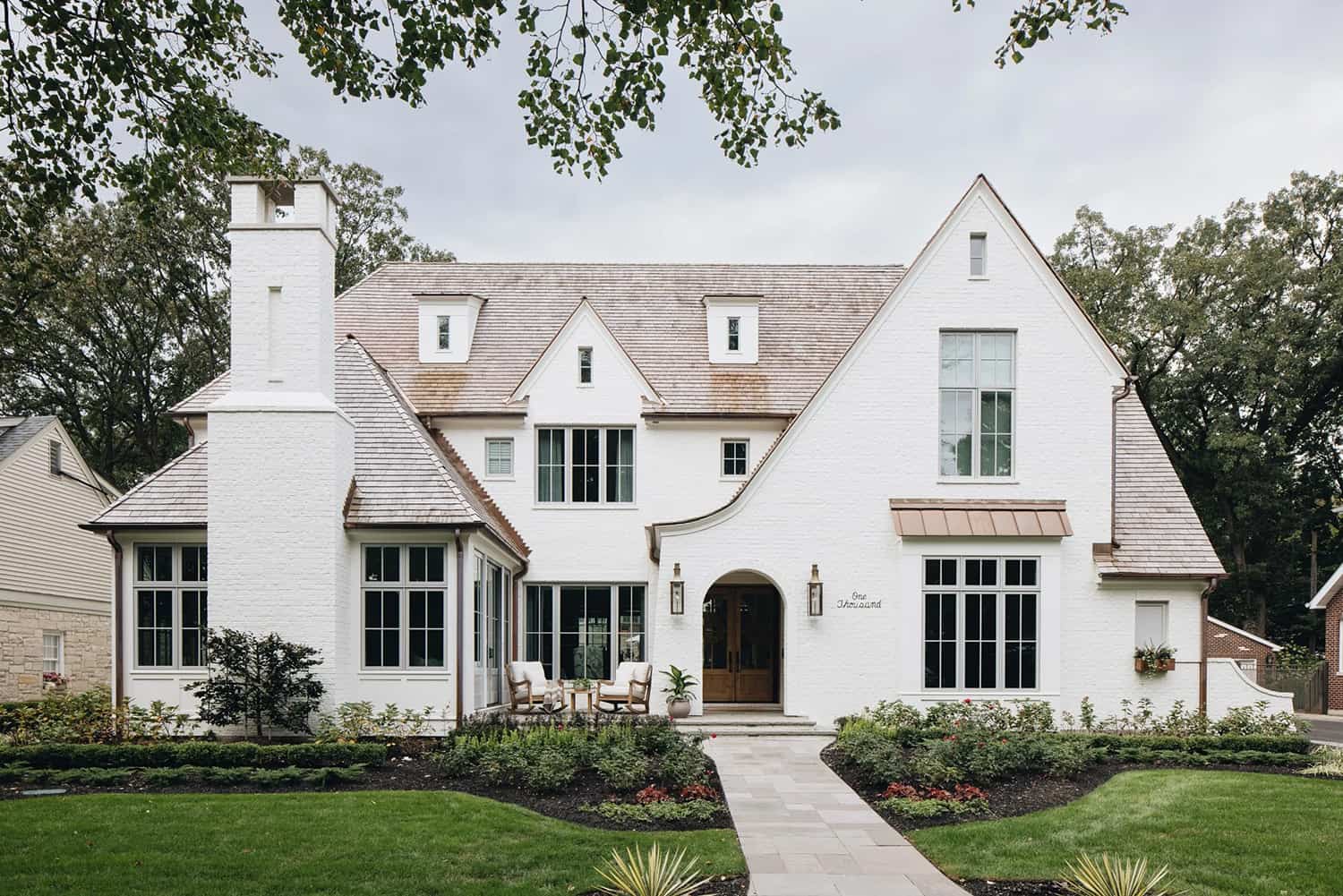
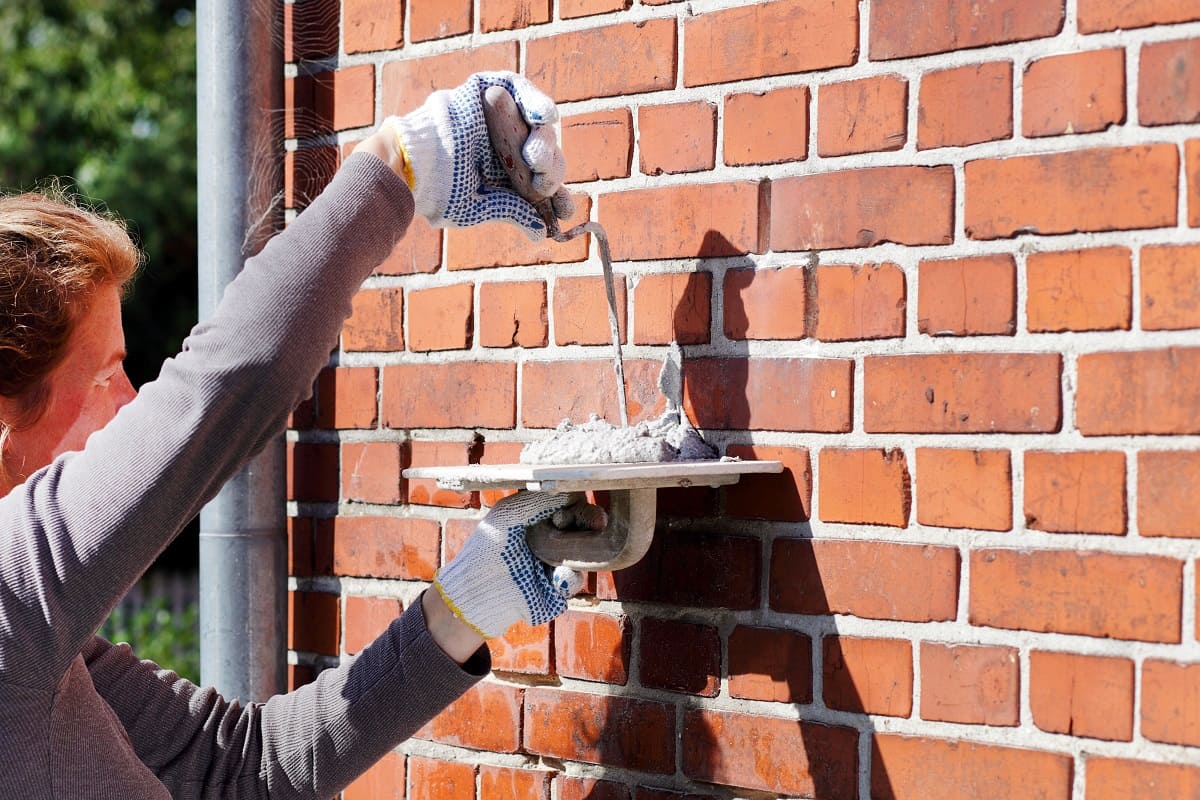
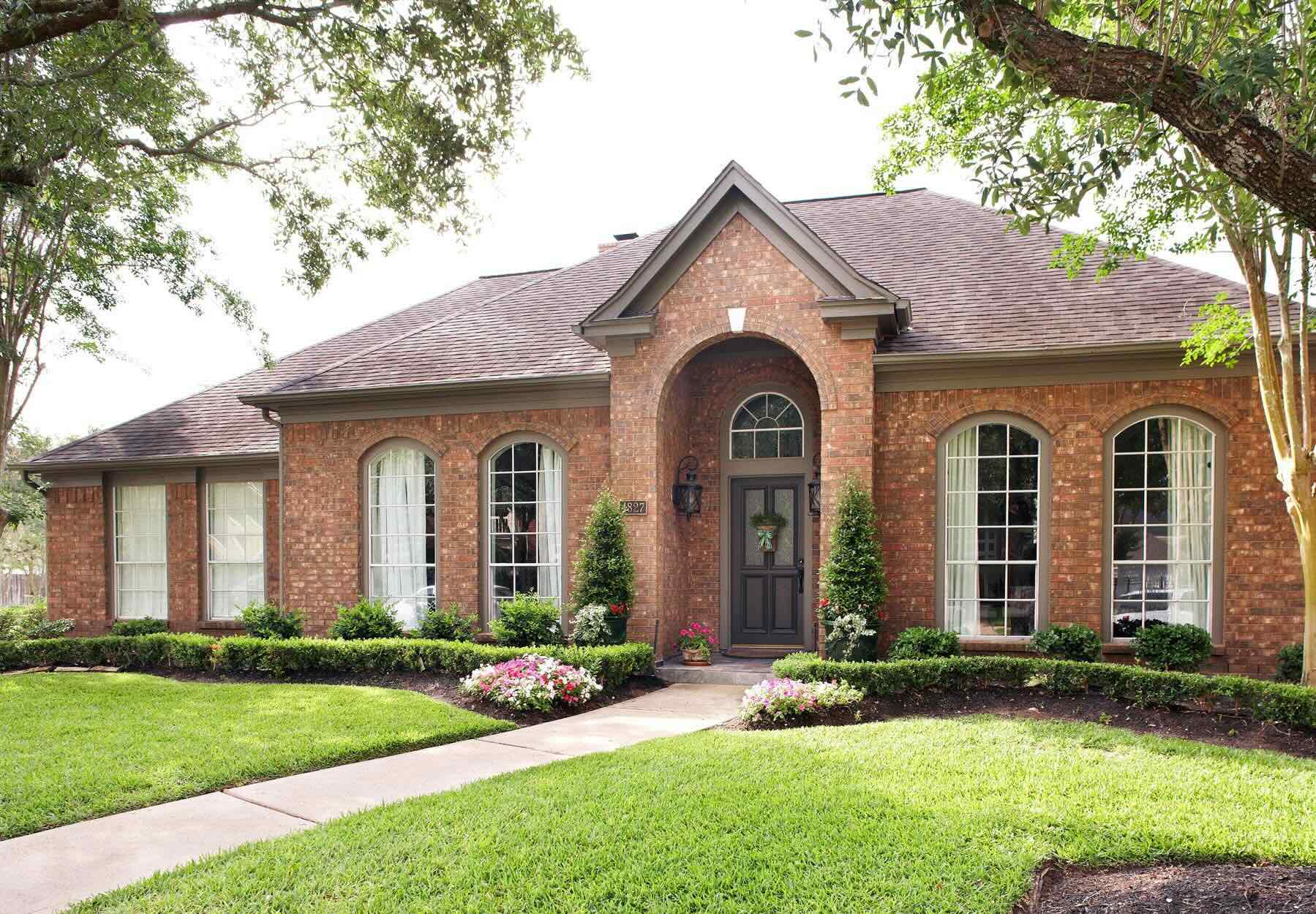
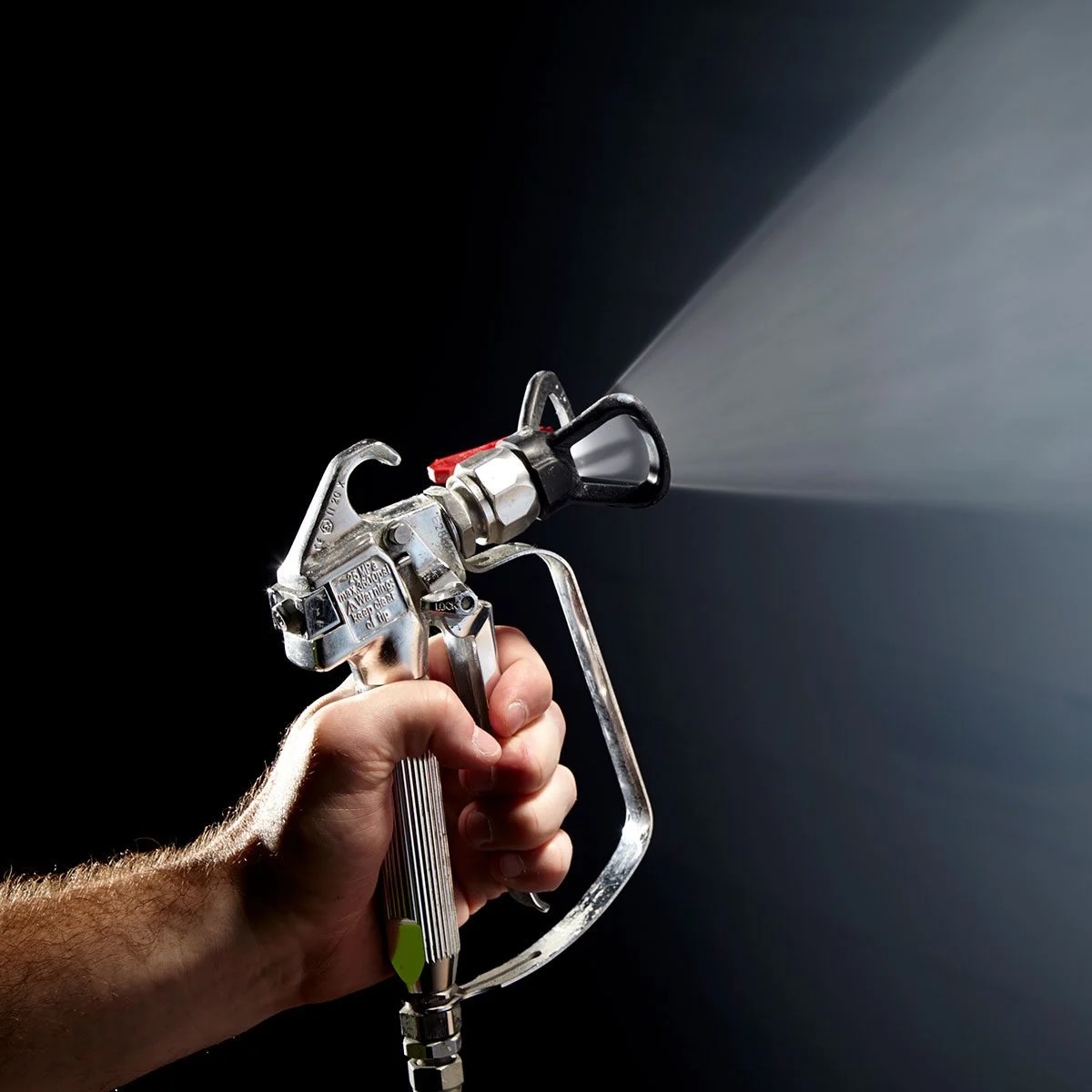
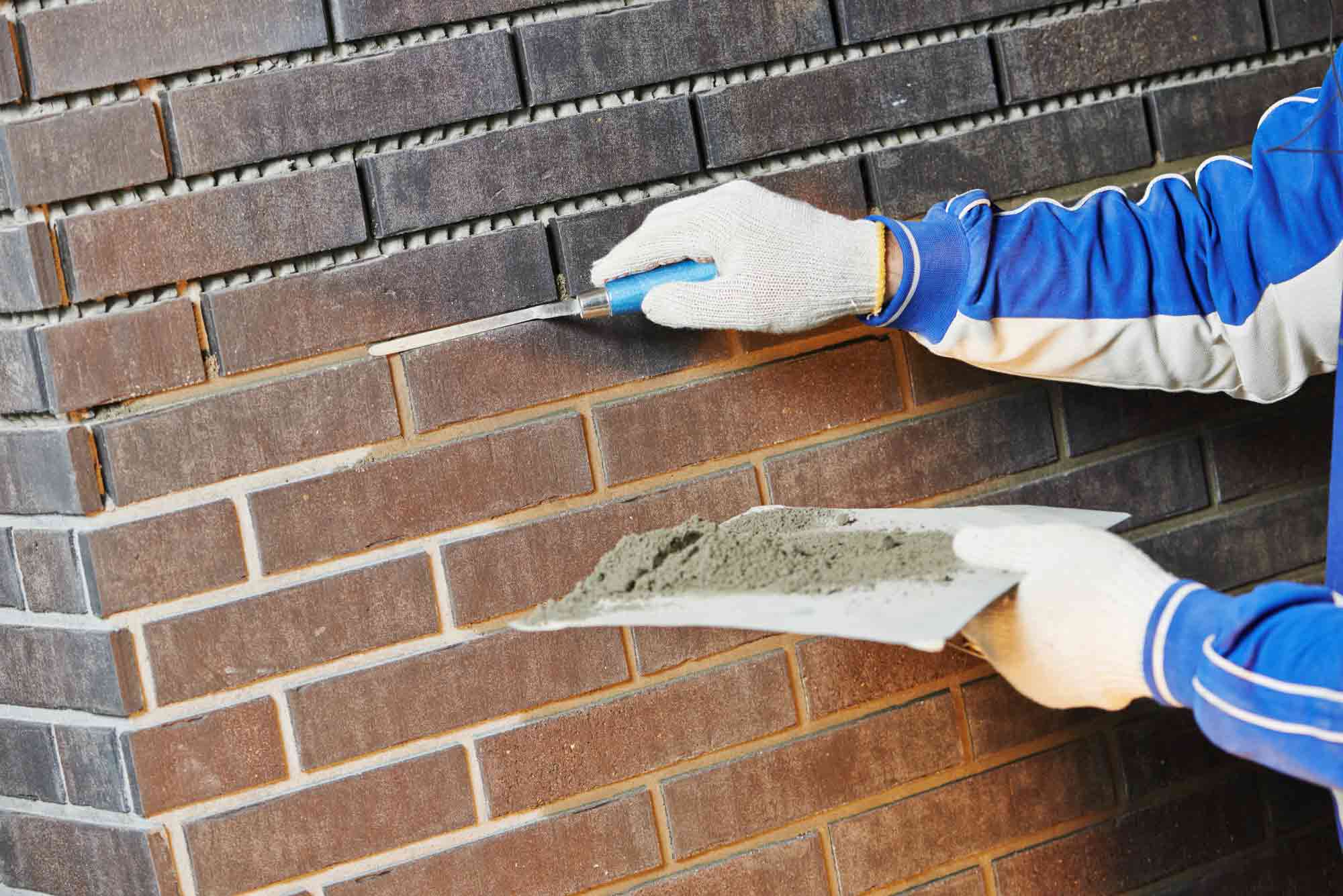

0 thoughts on “How To Repaint A Brick House”